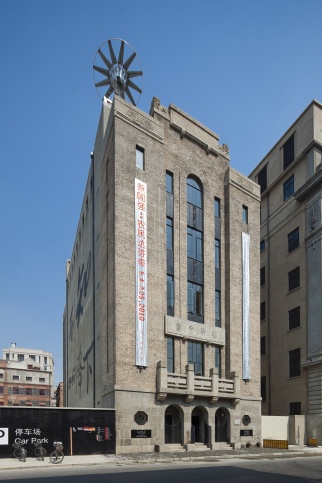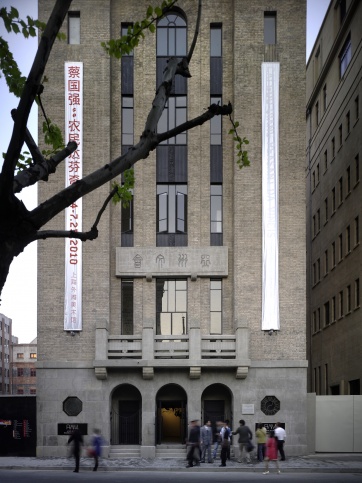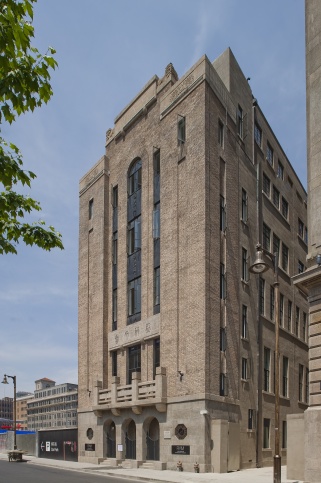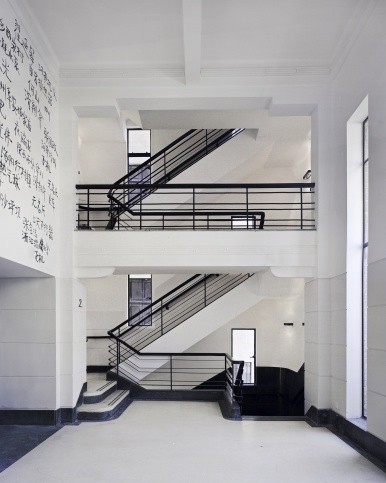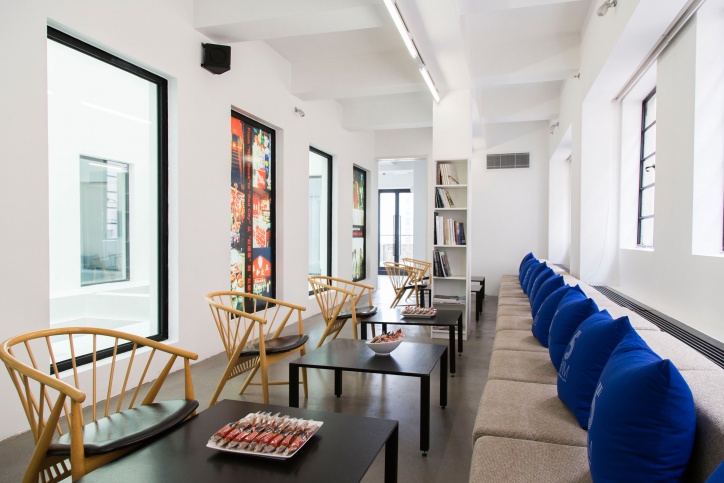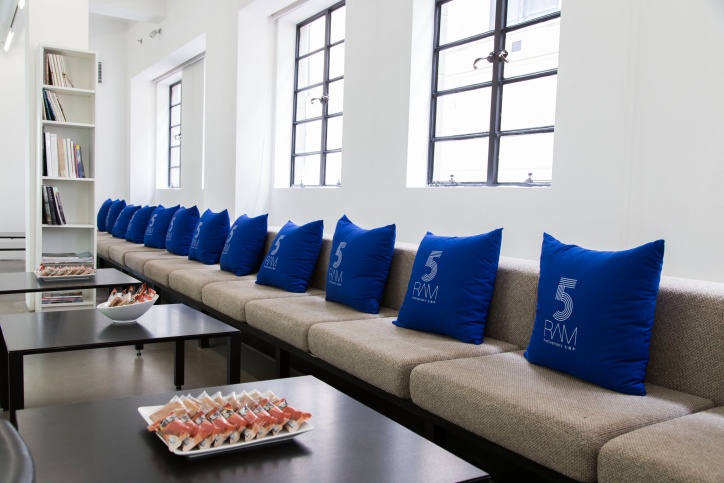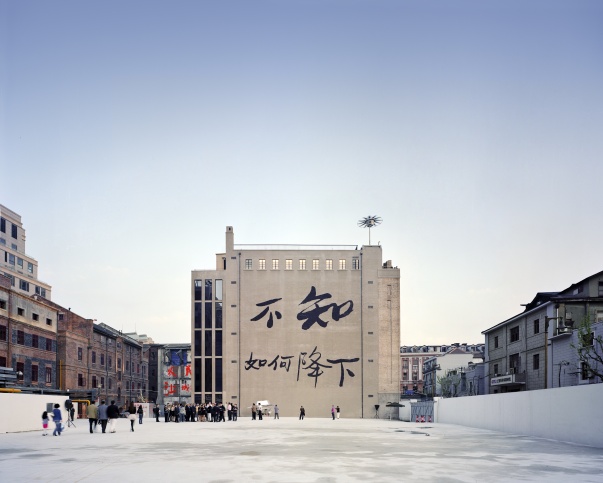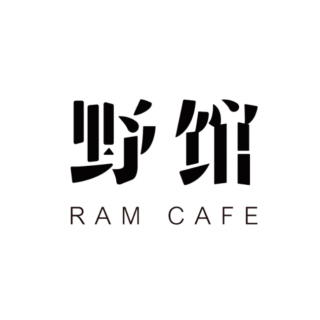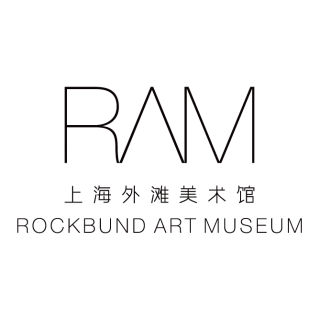There is a plaque marked with "亚洲文会" (Asiatic Society) under the windows on the third floor of the building's facade, and a plaque with letter 'RAS' (the Royal Asiatic Society) on the roof. The decoration on the outer wall has been restored as before:the symmetrical Diagram windows are on both sides of the entrance; the balcony on the second floor is decorated with cloud patterns; the two sides of the plaque on the roof are decorated with stone lion patterns, which are also the monogram of the Asian Literature Society.

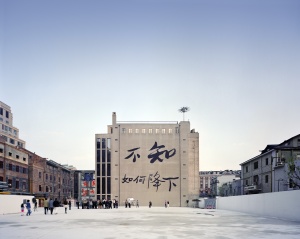
The building that houses the current Museum was originally the Royal Asiatic Society (RAS) building. Home to one of the first modern museums in China, the building was once the most influential venue for academic exchange and public education in the Far East.
In 1874, under the support of the Shanghai Municipal Council (SMC), the North China Branch of the Royal Asiatic Society raised money from local community and built its first permanent venue on No.20, Yuen Ming Yuen Road (currently the Huqiu Road) -- a 2-floor building that had contained a library, a museum and a lecture hall. The Museum was also known as “Shanghai Museum”, and it is famous for its natural specimens and cultural artifacts. In 1886, in recognition of the museum’s contribution to the development of local culture, the SMC decided to change the name of the street into “Museum Road”.
The Royal Asiatic Society (RAS) was completed in 1932 by the architect George L. Wilson with its exquisite Art Deco spirit combining western and Chinese elements. In 1933, the newly built Royal Asiatic Society (RAS) building was opened to the public. The building had six floors: the second floor was a lecture hall named "Wu Lien-Teh Hall", named after Dr. Wu Lien-Teh, a hero who fought against the epidemic in Shan Dong provinces; the third floor was the library; the fourth and fifth floors were museums. The most eye-catching spot of this building was the giant panda showcase on the 4th floor. This showcase was placed at the bottom of the exhibition hall, facing the entrance, so that every visitor who enters the exhibition hall could see it at first sight. The museum was open to all the public free of charge, and undoubtedly played the most important role in Shanghai's public cultural education at that time. In the era when ordinary Chinese audiences did not know what a giant panda was, many Shanghai residents saw a giant panda specimen for the first time here.
In 2007, world-renowned architect David Chipperfield was commissioned to renovate the museum interior with simplicity, grace and functionality, infusing the historical architecture with the spirit and character of modern and contemporary art. While retaining the classic elements of the building's exterior, a three-story atrium connects the fourth to sixth floors, and a skylight is opened on the ceiling, reshaping its simple, elegant and functional modern interior space. Finally, the Rockbund Art Museum officially opened in 2010 in the the Royal Asiatic Society Building, symbolizing the continuation of the humanistic spirit that has lasted for more than 160 years.
Architectural watercolor painting by: Lu Jun
